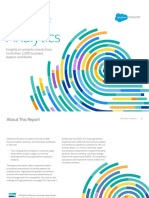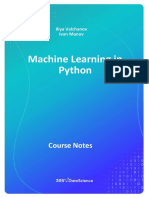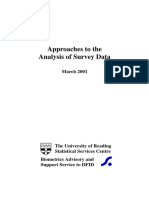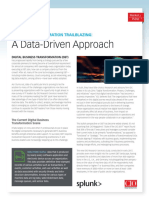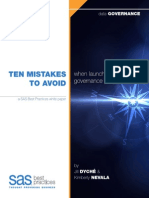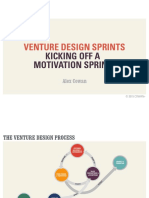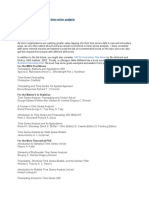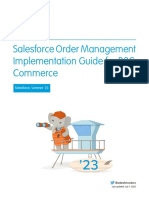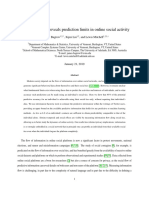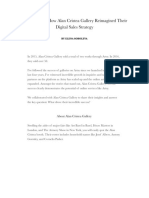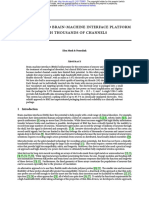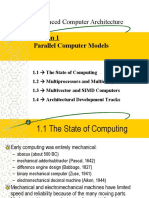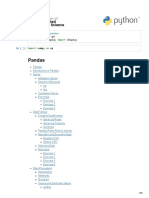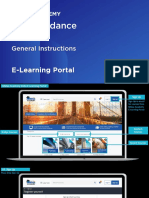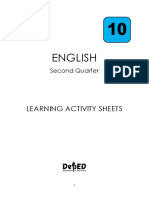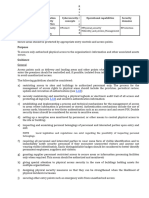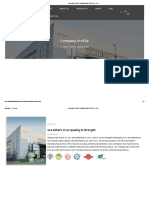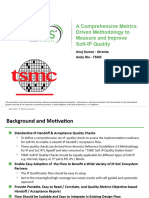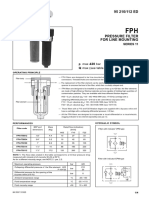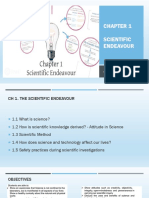0% found this document useful (0 votes)
240 views4 pagesData Visualization Nanodegree Program Syllabus PDF
This document outlines the syllabus for a Data Visualization Nanodegree program. The 4-month program consists of 4 courses that teach data visualization and storytelling skills. Students will learn to analyze data, design dashboards and visualizations in Tableau, identify biases, and create animated and narrated data stories. Each course includes lessons, assignments, and a final project to apply the skills learned.
Uploaded by
sergio paredesCopyright
© © All Rights Reserved
We take content rights seriously. If you suspect this is your content, claim it here.
Available Formats
Download as PDF, TXT or read online on Scribd
0% found this document useful (0 votes)
240 views4 pagesData Visualization Nanodegree Program Syllabus PDF
This document outlines the syllabus for a Data Visualization Nanodegree program. The 4-month program consists of 4 courses that teach data visualization and storytelling skills. Students will learn to analyze data, design dashboards and visualizations in Tableau, identify biases, and create animated and narrated data stories. Each course includes lessons, assignments, and a final project to apply the skills learned.
Uploaded by
sergio paredesCopyright
© © All Rights Reserved
We take content rights seriously. If you suspect this is your content, claim it here.
Available Formats
Download as PDF, TXT or read online on Scribd
/ 4









